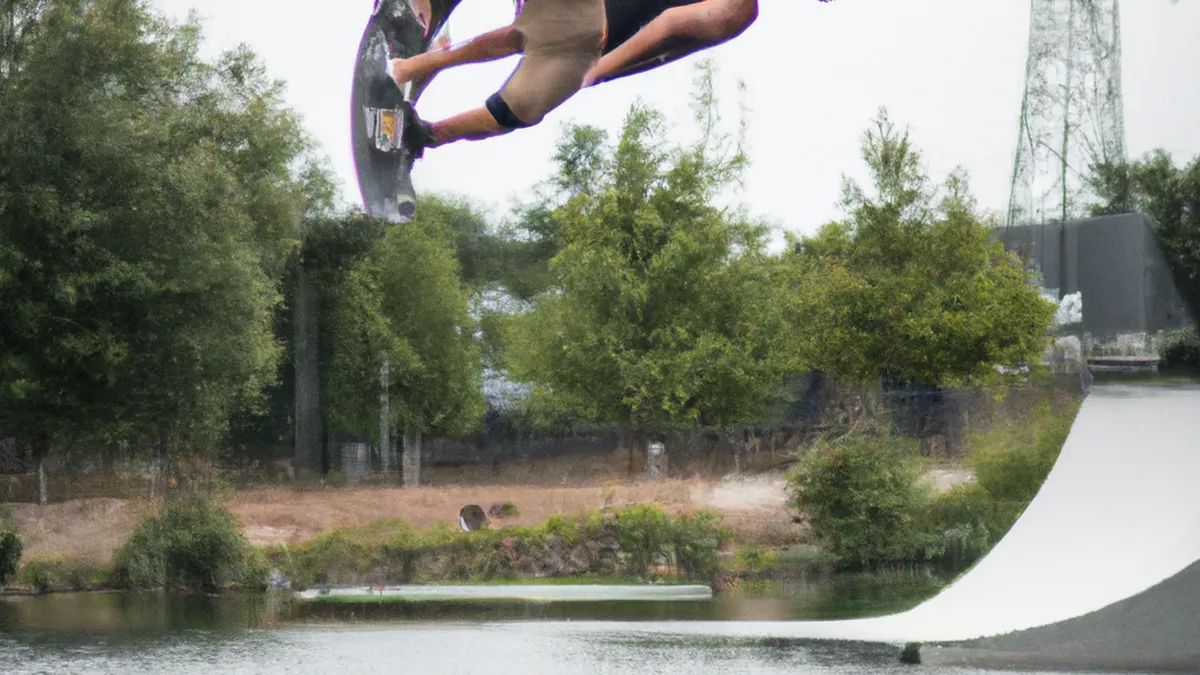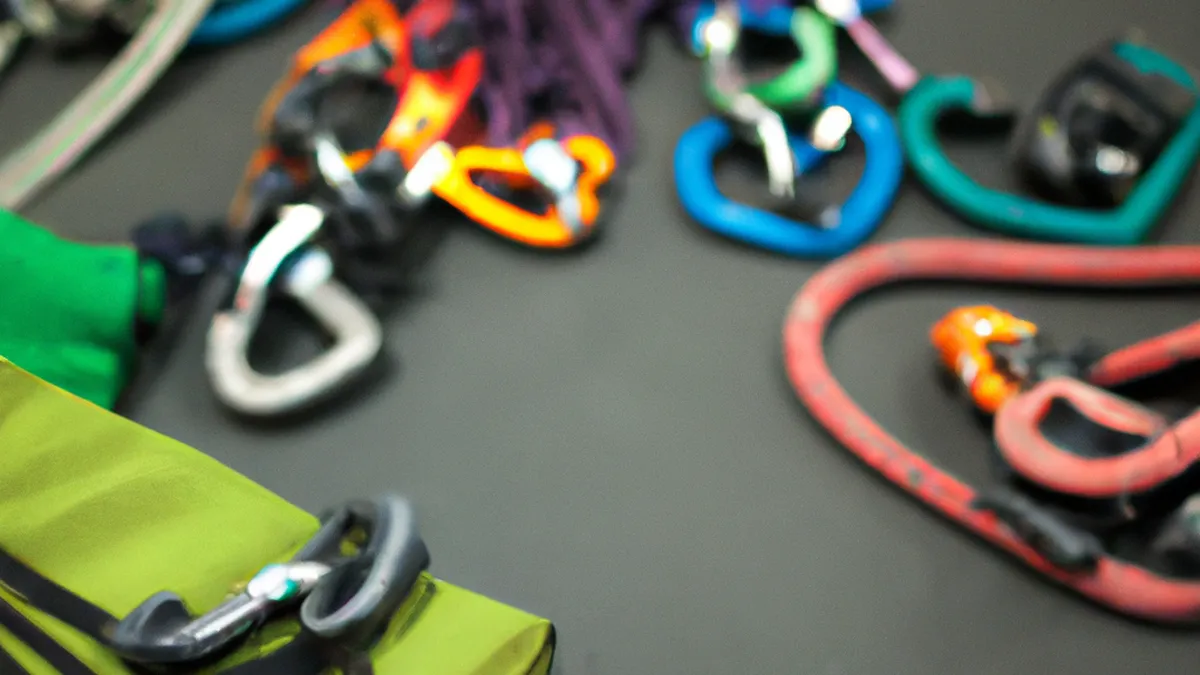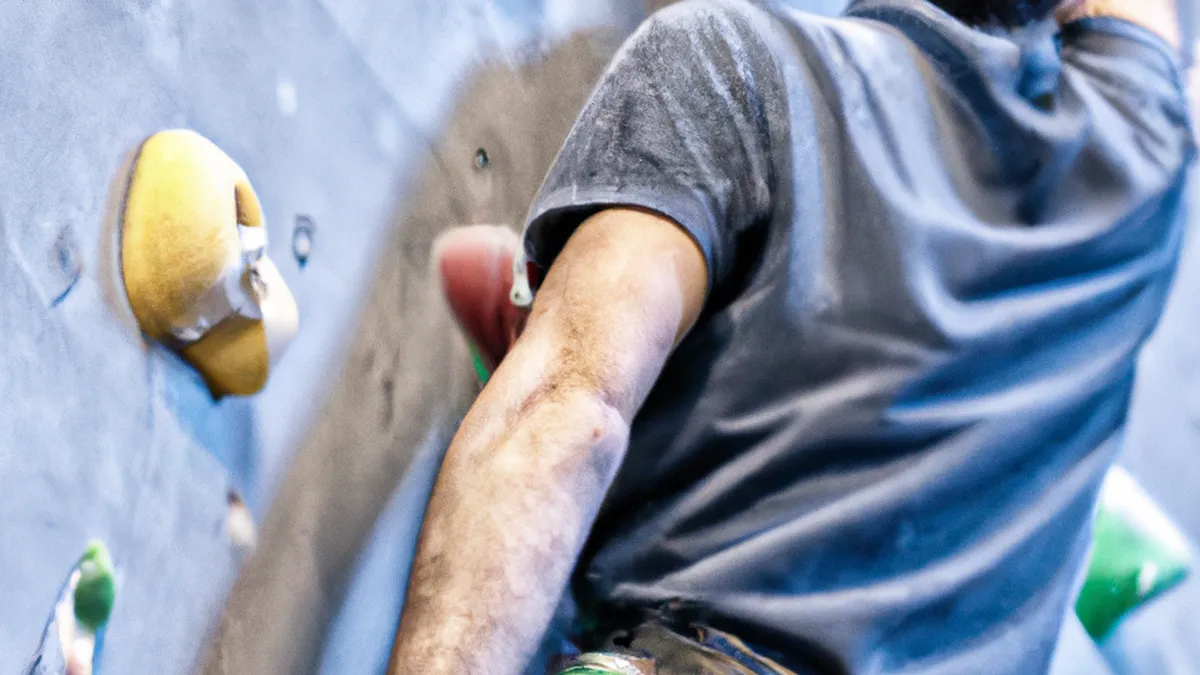Goalie Flexibility: Essential Routines Explained
Flexibility Routines for GoaliesGoalies serve as the last line of defense in hockey. They need speed, agility, and excellent reflexes to react to shots. Flexibility often gets overlooked in training, but it enhances performance and reduces injury risks. This blog explores effective flexibility routines for goalies and emphasizes their importance in training.
The Importance of Flexibility for Goalies
Flexibility helps goalies move swiftly within the crease. A flexible goalie dives and stretches effectively to save pucks. Quick position shifts can mean the difference between a save and a goal.Flexible goalies also maintain better balance and stability while moving. This quality proves essential during rapid direction changes or unpredictable shots. Flexibility enables goalies to perform a wider range of movements, allowing faster responses to incoming pucks.Additionally, flexibility prevents injuries. Tight muscles increase the risk of strains and tears, sidelining goalies for long periods. Therefore, goalies must incorporate flexibility routines into daily training for long-term health and performance.
Essential Flexibility Routines
As an Amazon Associate I earn from qualifying purchases.
Gear tip: consider yoga blocks, hockey skates, and stretching strap to support this topic.
Dynamic Warm-Up
A dynamic warm-up prepares your body for movement and prevents injuries. Start with light jogging for about 5 minutes to elevate your heart rate. Then, include these dynamic stretches to prepare your muscles:1. **Leg Swings**: Stand on one leg and swing the other leg forward and backward. Perform 10 swings for each leg to loosen your hips.2. **Arm Circles**: Extend your arms out to your sides and make small circles, gradually increasing the size. Do this for 30 seconds in each direction to warm up your shoulders.3. **Lunges with a Twist**: Step forward into a lunge position. As you lunge, twist your torso towards the front leg. Hold briefly, then switch legs. Repeat 5 times on each side to engage your core and improve hip flexibility.These movements increase blood flow and activate the muscles used during practice or games.
Static Stretching Routine
Incorporate static stretching after training sessions to improve flexibility and aid recovery. Focus on these key stretches:1. **Hamstring Stretch**: Sit with one leg extended. Reach toward your toes and hold for 20 seconds. Switch legs and repeat. This stretch maintains leg flexibility.2. **Quadriceps Stretch**: Stand on one leg and pull the other foot toward your glutes. Hold for 20 seconds and switch legs. This stretch enhances quad flexibility.
Conclusion
Flexibility routines play a vital role in a goalie’s training. They improve performance and help prevent injuries. Incorporate these routines into your practice for optimal results.
Below are related products based on this post:
FAQ
Why is flexibility important for goalies?
Flexibility is crucial for goalies as it allows them to move swiftly within the crease and effectively dive or stretch to save pucks. It also helps maintain better balance and stability during rapid direction changes, which can be essential for making critical saves.
What are some effective dynamic warm-up exercises for goalies?
Effective dynamic warm-up exercises for goalies include leg swings, arm circles, and lunges with a twist. These movements elevate the heart rate, increase blood flow, and prepare the muscles for the demands of practice or games.
How can static stretching benefit goalies after training?
Static stretching after training helps improve flexibility and aids in recovery for goalies. Key stretches like the hamstring and quadriceps stretches maintain leg flexibility and contribute to long-term health and performance enhancement.















Post Comment